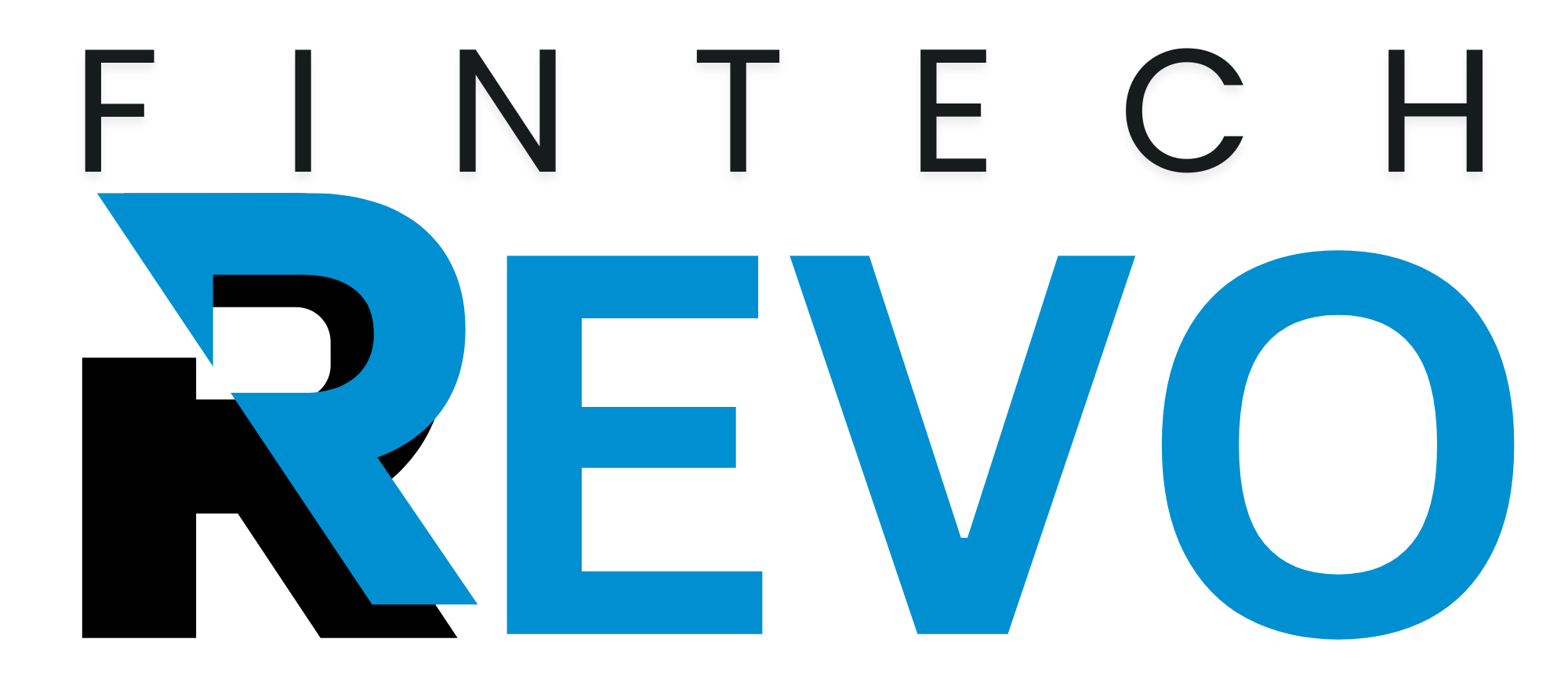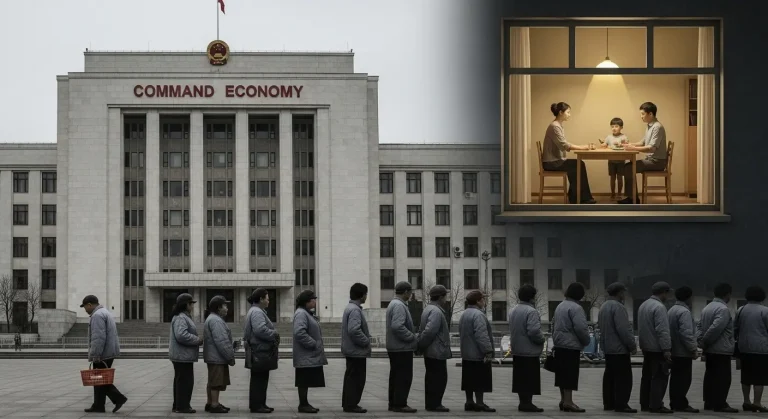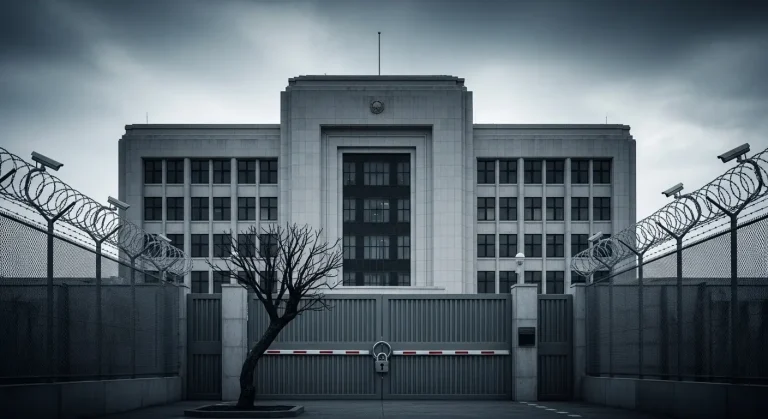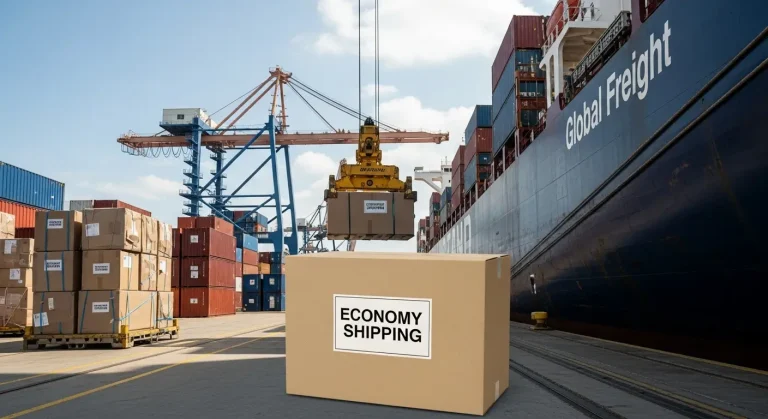When someone opens a cupcake bakery, they play the role of a producer and entrepreneur in the economy. They create goods—freshly baked cupcakes—that satisfy consumer demand while contributing to job creation, local investment, and the overall economic cycle.
This person provides both a tangible product and an essential service to the community, driving financial activity across multiple sectors.
Let’s unpack how one small bakery fits into the larger economic system and how their activities affect everything from local employment to national growth.
Understanding the Role of a Cupcake Bakery Owner in the Economic System
In economics, everyone participates in the economy in one of three main roles: producers, consumers, and government. When a person opens a cupcake bakery, they primarily act as a producer—someone who uses resources to create goods and services for sale.
By opening their doors, they:
- Create products (cupcakes, pastries, coffee, etc.) that customers buy.
- Generate income for themselves and their employees.
- Pay taxes, which contribute to public services.
- Purchase supplies from other businesses (like flour, sugar, and packaging).
Their activity keeps money circulating through the economy, linking multiple industries together.
Entrepreneurial Function and Economic Contribution
1. Entrepreneurship and Risk
Opening a bakery requires investment, creativity, and risk-taking—hallmarks of entrepreneurship. The owner spends capital on rent, ingredients, labour, and marketing, all with no guarantee of profit. This entrepreneurial initiative fuels economic growth, because entrepreneurs:
- Introduce new goods or improve existing ones.
- Encourage competition, leading to better prices and quality.
- Inspire innovation within local food industries.
Without entrepreneurs, the economy would stagnate. Each new bakery, coffee shop, or catering business adds diversity to the marketplace.
2. Job Creation
A cupcake bakery might start small—perhaps employing just the owner and one assistant—but as the business grows, it can expand its staff. A busy bakery may hire:
- Bakers and pastry chefs
- Cashiers and baristas
- Delivery drivers
- Marketing or social media managers
Each hire increases local employment rates and stimulates consumer spending, since employees use their earnings to buy goods and services elsewhere.
How Producers Drive the Economic Cycle
Economies revolve around the flow of money and goods between producers and consumers. Here’s how the cupcake bakery fits in:
| Role | Description | Example |
| Producer | Creates goods using labour and raw materials. | Bakery makes cupcakes from flour, eggs, sugar. |
| Consumer | Purchases goods for personal use. | Customers buy cupcakes for birthdays or office events. |
| Government | Regulates trade, collects taxes, ensures safety. | Local council enforces food hygiene standards and collects business tax. |
When customers buy cupcakes, they transfer money to the bakery. The bakery then pays employees, suppliers, and the government. Those employees spend their wages elsewhere—buying groceries, paying rent, or visiting other local shops—keeping the economic wheel turning.
Local Economic Impact of a Cupcake Bakery
Even a small business can have a ripple effect across the community.
1. Supporting Local Suppliers
Cupcake bakeries depend on a network of suppliers—farmers, distributors, and packaging companies. By purchasing locally sourced ingredients like butter, eggs, and fruit, the bakery supports regional agriculture and small producers.
2. Revitalising Neighbourhoods
Bakeries often become community hubs. They attract foot traffic, encourage nearby retail development, and can even increase the desirability of local property. A charming bakery can turn a quiet street into a lively business area.
3. Tax Contributions
Every bakery pays taxes—on profits, employee wages, and sales. These funds help governments maintain infrastructure, schools, and healthcare systems, proving that even small enterprises play a part in national development.
The Role of a Bakery in Different Economic Contexts
In a Market Economy
In a market economy, businesses respond to supply and demand. The cupcake bakery observes what customers like—perhaps vegan cupcakes or themed party boxes—and adjusts production accordingly. The competition pushes the owner to maintain quality and reasonable prices.
In a Mixed Market Economy
Most modern economies, like those of the United States or the United Kingdom, are mixed market economies. Here, private businesses operate freely but under government regulation. A cupcake bakery must meet food safety standards, follow tax rules, and respect labour laws. These regulations ensure fair competition and consumer protection.
In a Command Economy (Hypothetical Example)
In a command economy, the government might decide how many cupcakes should be produced or what price they should sell for. Entrepreneurs would have little freedom to make business decisions. Therefore, opening a private bakery in this system would be nearly impossible without state approval.
Supply Chain and Value Creation
A bakery is more than just a storefront—it’s part of a complex supply chain involving multiple stages of production and distribution:
- Input Stage: Purchasing flour, sugar, butter, and packaging.
- Production Stage: Mixing, baking, and decorating cupcakes.
- Distribution Stage: Selling directly to customers or through catering and online delivery services.
- After-Sales Stage: Managing feedback, marketing loyalty programmes, and promoting seasonal specials.
This process adds value at each step, converting raw ingredients into desirable finished goods. This value creation is fundamental to how economies grow and sustain themselves.
Consumer Demand and Price Dynamics
When demand for cupcakes rises—say, during holidays or special events—prices and production often increase. Conversely, during slower months, bakeries might introduce promotions or new flavours to maintain sales.
This adjustment of supply and demand demonstrates one of the most basic principles of economics: the price mechanism. It helps balance what consumers want with what producers can provide profitably.
Financial Flow and Economic Interdependence
Every pound or dollar spent in a cupcake bakery circulates through the economy:
- Part goes to employees as wages.
- Part goes to suppliers for ingredients and utilities.
- Part goes to the government as tax.
- The rest becomes profit, which the owner may reinvest to expand operations.
This cycle—production, income, and expenditure—represents the essence of economic activity. Even a single bakery contributes to a broader system that includes agriculture, logistics, marketing, and finance.
Real-World Example: The Ripple Effect of Small Businesses
Take a real-world scenario: A small cupcake shop opens in a busy town centre. Within six months:
- A nearby coffee shop partners with the bakery to offer desserts.
- A local florist provides decorations for cupcake boxes.
- The bakery hires two part-time staff and a social media freelancer.
- Sales taxes from the business contribute to local council budgets.
This illustrates how microeconomic activity—even from a single shop—supports the macroeconomic structure by creating interconnected benefits across multiple industries.
Educational Interpretation: Everfi Perspective
In educational platforms like Everfi, the question “When someone opens a cupcake bakery, what role would they play in the economy?” typically aligns with entrepreneurship and production concepts. The correct interpretation is that such an individual plays the role of a producer and entrepreneur. They generate goods and services, stimulate economic growth, and influence market trends through consumer engagement.
Broader Economic Roles Beyond Production
While their main function is production, bakery owners often serve additional roles in the economy:
- Employer: Providing income and training to others.
- Investor: Reinvesting profits into new equipment or expansion.
- Consumer: Buying raw materials and business services.
- Community Contributor: Sponsoring local events or charity drives.
Each role strengthens different aspects of economic stability and social wellbeing.
The Difference Between Producers and Consumers in This Scenario
It’s important to distinguish between producers and consumers:
| Type | Role | Example |
| Producer | Creates goods or services to sell. | Bakery owner baking and selling cupcakes. |
| Consumer | Buys goods or services for personal use. | A customer purchasing cupcakes for a party. |
The bakery owner can also be a consumer when purchasing baking supplies or marketing services, showing how roles often overlap in practice.
Economic Lessons from a Cupcake Bakery
Here are key takeaways from analysing this business model:
- Risk-taking drives progress. Entrepreneurs invest in ideas others might overlook.
- Small businesses are the backbone of local economies. They account for millions of jobs worldwide.
- Circular economic flow keeps the system balanced. Producers depend on consumers and vice versa.
- Diversity in products encourages competition and innovation. Offering new flavours or dietary options caters to changing consumer tastes.
Future Growth and Broader Economic Significance
As the bakery grows, its impact widens. Expansion may involve:
- Opening new branches in neighbouring cities.
- Supplying cupcakes to supermarkets or events.
- Developing an e-commerce site for nationwide delivery.
These steps move the business from local to regional significance, contributing to GDP and encouraging further private investment. The bakery transitions from a neighbourhood producer to part of a larger network of economic contributors.
Conclusion
When someone opens a cupcake bakery, they play the role of a producer and entrepreneur in the economy. Their efforts go far beyond selling sweet treats—they create jobs, support local suppliers, pay taxes, and stimulate demand across multiple sectors. This simple act of opening a small business reflects one of the most vital forces in economic growth: entrepreneurial activity.
By turning ingredients into products people love, a bakery demonstrates how individual initiative fuels the broader economy—one cupcake at a time.
Visit Homepage for more amazing content.
FAQs
How does opening a cupcake bakery affect the local economy?
Opening a cupcake bakery boosts the local economy by creating jobs, supporting nearby suppliers, and attracting foot traffic to surrounding businesses. It also increases local tax revenue and helps sustain community-based trade.
What kind of resources does a bakery use in the economy?
A bakery uses natural resources (like flour, milk, and eggs), human resources (bakers, cashiers, cleaners), and capital resources (ovens, mixers, and display counters). Together, these resources contribute to the production of goods and services that keep the economy active.
Is a bakery owner considered a small business owner or an entrepreneur?
Both. A bakery owner is a small business owner because they operate a local enterprise, and an entrepreneur because they take financial risks and create new value in the market through their products and services.
How do bakeries contribute to economic growth beyond selling cupcakes?
Beyond selling cupcakes, bakeries stimulate growth through supply chain spending, training apprentices, expanding into catering or online sales, and encouraging tourism by adding charm to local commercial areas.
Why is entrepreneurship important to an economy like a cupcake bakery example?
Entrepreneurship drives innovation, competition, and employment. A cupcake bakery exemplifies how a small idea can spark larger economic benefits—encouraging others to start ventures, improve product quality, and diversify consumer choices.




